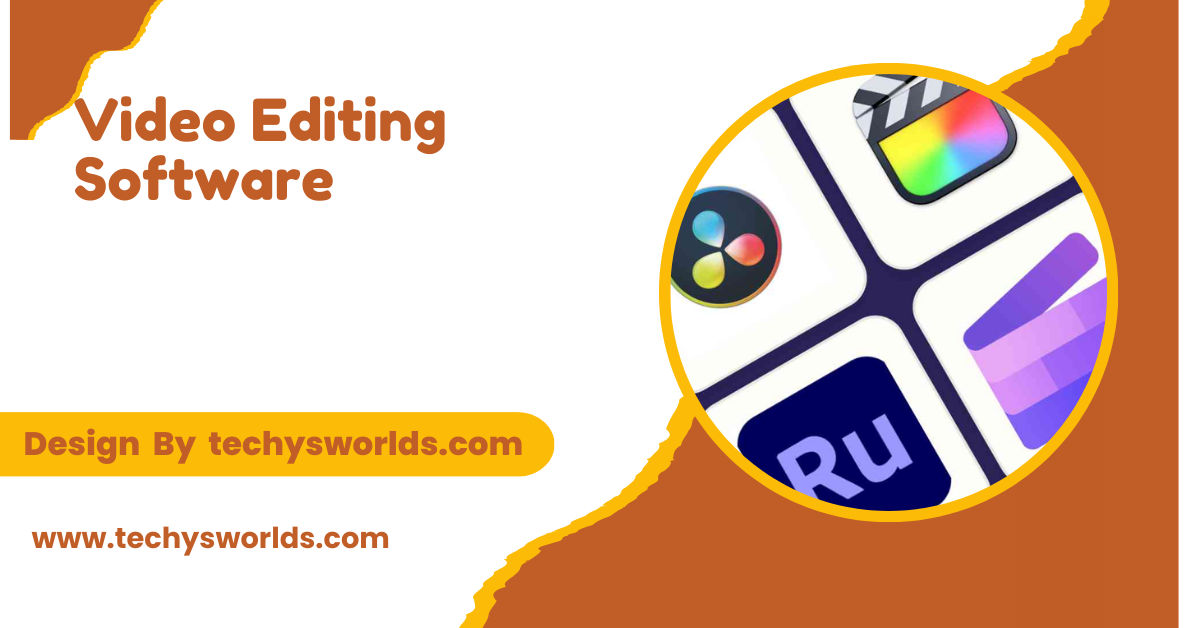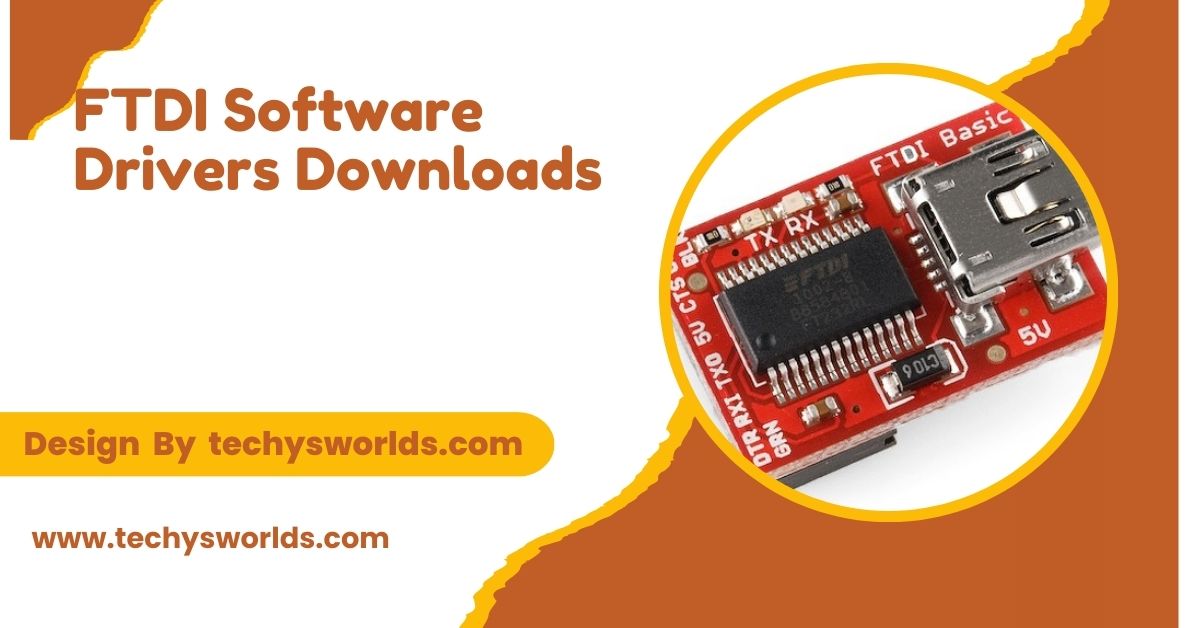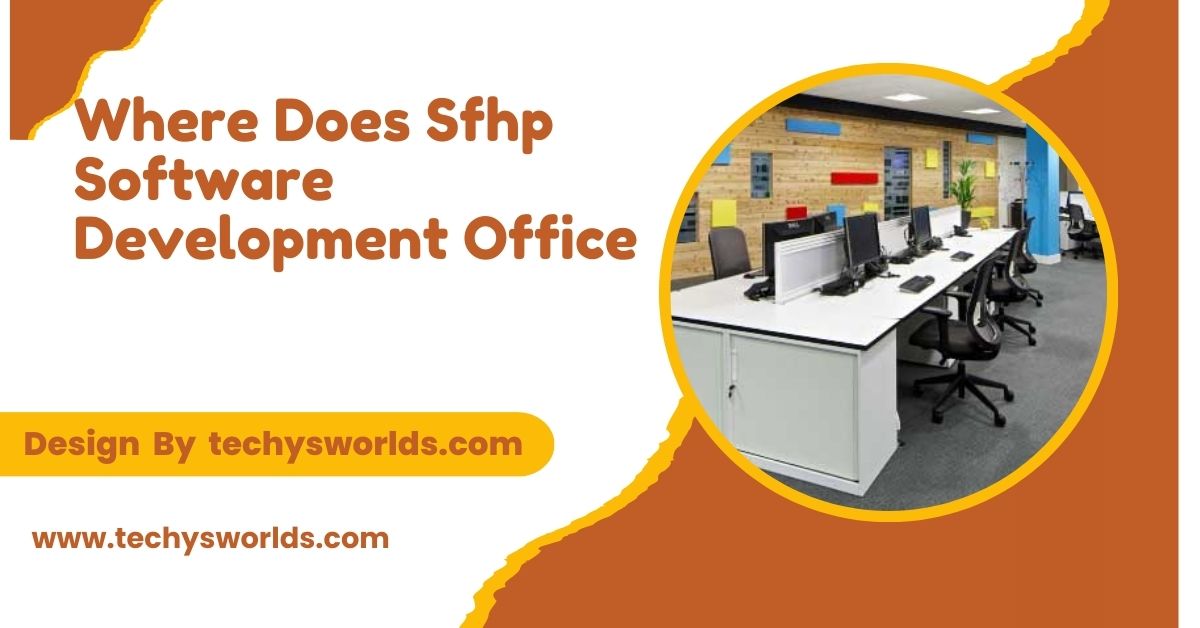Video editing software lets users edit and enhance video footage with effects and audio. Options vary from beginner tools like iMovie to professional software like Adobe Premiere Pro.
This article will explore various aspects of video editing software, including types, essential features, popular options, and tips for selecting the right software for your needs.
Understanding Video Editing Software:

Video editing software allows users to manipulate and rearrange video footage, adding effects, audio, and transitions to create a finished product. These programs serve as powerful tools for filmmakers, marketers, educators, and anyone looking to enhance their video content. They provide an interface where users can cut, trim, and merge video clips, ensuring that the final product meets their creative vision.
Historical Context:
The first video editing systems were hardware-based and incredibly expensive, limiting access to professional studios. In the late 1990s, the advent of personal computers and software made video editing more accessible. Programs like Adobe Premiere and Avid Media Composer pioneered the transition from hardware to software-based editing, allowing a wider audience to create and edit videos. This democratization of video editing has led to the rise of countless content creators and filmmakers.
Key Features of Video Editing Software:
- Non-Linear Editing (NLE): Access any part of the video freely, enabling creative and flexible editing.
- Multi-Track Editing: Work with multiple video and audio tracks simultaneously for richer sound and visuals.
- Special Effects and Transitions: Apply various effects and transitions to enhance storytelling and smooth scene changes.
- Color Correction and Grading: Adjust brightness, contrast, and apply color effects for a polished, professional look.
- Audio Editing Capabilities: Adjust sound levels and add music or effects, ensuring high-quality audio.
Types of Video Editing Software:
Professional Software:
Professional-grade software offers advanced features and tools for experienced editors. Options like Adobe Premiere Pro and Final Cut Pro provide extensive capabilities, including high-resolution editing, advanced color grading, and robust audio editing. These programs are often used in film and television production due to their comprehensive feature sets.
Also Read: What Does Amplitude Software Test – The Essential Guide!
Intermediate Software:
Intermediate software is designed for users who want more than basic editing features but don’t require all the complexities of professional software. Programs like Filmora and CyberLink PowerDirector offer a balance of user-friendliness and advanced tools, making them suitable for content creators who want to enhance their editing skills without getting overwhelmed.
Beginner Software:
Beginner software is perfect for those just starting in video editing, offering basic features and straightforward interfaces. Examples like iMovie and Windows Video Editor allow users to make quick edits and create simple projects without a steep learning curve. These tools often come with pre-set templates and intuitive controls, making them accessible to everyone.
Popular Video Editing Software Options:

Adobe Premiere Pro:
Overview: Adobe Premiere Pro is a leading professional video editing software used in the film and television industry. It offers a comprehensive suite of tools for editing, color grading, and audio mixing.
Best For: Professionals and serious enthusiasts looking for powerful editing capabilities. Its integration with other Adobe products, like After Effects and Audition, enhances its versatility.
Final Cut Pro:
Overview: Apple’s flagship editing software designed specifically for macOS users. It features a Magnetic Timeline, allowing for fluid editing and real-time collaboration.
Best For: Mac users and professionals seeking a comprehensive editing tool that leverages Apple’s ecosystem. Its support for 360-degree video editing and HDR color makes it a favorite among filmmakers.
DaVinci Resolve:
Overview: DaVinci Resolve combines professional video editing with powerful color grading tools. Its dual capabilities make it popular among editors who prioritize post-production quality.
Best For: Editors focused on color grading and post-production. The free version offers extensive features, making it an attractive choice for budget-conscious creators.
Filmora:
Overview: Filmora offers a user-friendly interface with a good balance of features for intermediate users. It includes a wide range of effects, transitions, and audio tools.
Best For: Content creators and vloggers looking for ease of use. Its intuitive drag-and-drop functionality makes it accessible for those new to video editing.
iMovie:
Overview: A free video editing tool for Mac users, iMovie provides basic editing capabilities. It allows users to create polished videos quickly with minimal effort.
Best For: Beginners and casual users who want to make simple edits. Its built-in templates and straightforward interface make it perfect for home videos and quick projects.
Selecting the Right Video Editing Software:
Also Read: What To Take At UMich Engineering For Embedded Software – The Ultimate Roadmap!
Identify Your Needs:
Before choosing video editing software, consider your skill level, editing requirements, and budget. Reflect on the types of projects you’ll work on, whether it’s casual home videos or professional films, as this will guide your decision.
Explore Trial Versions:
Many software options offer free trials, allowing you to test features and interfaces before making a commitment. This is a great way to assess usability and see if the software meets your needs.
Tips for Effective Video Editing:
Organize Your Footage:
Keep your video clips, audio files, and other assets organized in folders to streamline the editing process. A well-organized project helps prevent confusion and saves time during the editing phase.
Learn Keyboard Shortcuts:
Familiarize yourself with keyboard shortcuts to speed up your editing workflow. Most editing software provides a list of shortcuts that can enhance efficiency and make the editing process smoother.
Use Quality Audio:
Invest in good audio equipment or use royalty-free music to ensure high-quality sound in your projects. Poor audio quality can detract from even the best video, so prioritize audio as much as visual elements.
Take Breaks:
Editing can be a lengthy process. Taking breaks helps maintain focus and provides fresh perspectives when returning to your work. This can lead to better decision-making and a more refined final product.
FAQ’s
1. What is the best video editing software for beginners?
iMovie and Windows Video Editor are great options for beginners due to their user-friendly interfaces and basic editing capabilities.
2. Can I use video editing software on a laptop?
Yes, most video editing software can be installed on laptops, but ensure your device meets the software’s system requirements for optimal performance.
3. Is free video editing software effective?
Many free options, like DaVinci Resolve and iMovie, offer robust features that can be quite effective for various projects.
4. How much does professional video editing software cost?
Prices vary; Adobe Premiere Pro requires a subscription, while others like Final Cut Pro have a one-time purchase fee.
5. What features should I look for in video editing software?
Look for features like multi-track editing, color correction, audio editing, and ease of use to match your editing needs.
Conclusion
Video editing software is an essential tool for anyone looking to create engaging visual content. With a variety of options available, from beginner-friendly programs to professional-grade software, users can find the right fit for their editing needs. As technology continues to evolve, video editing software will likely become even more powerful and accessible, enabling more creative possibilities for all.
Related Posts
Also Read: How Useful Is Master In Software Engineering – An In-Depth Analysis!
Also Read: When A Software Is Freemium What Does That Mean – What You Need To Know!
Also Read: Entertainment Software Association – A deep dive!



